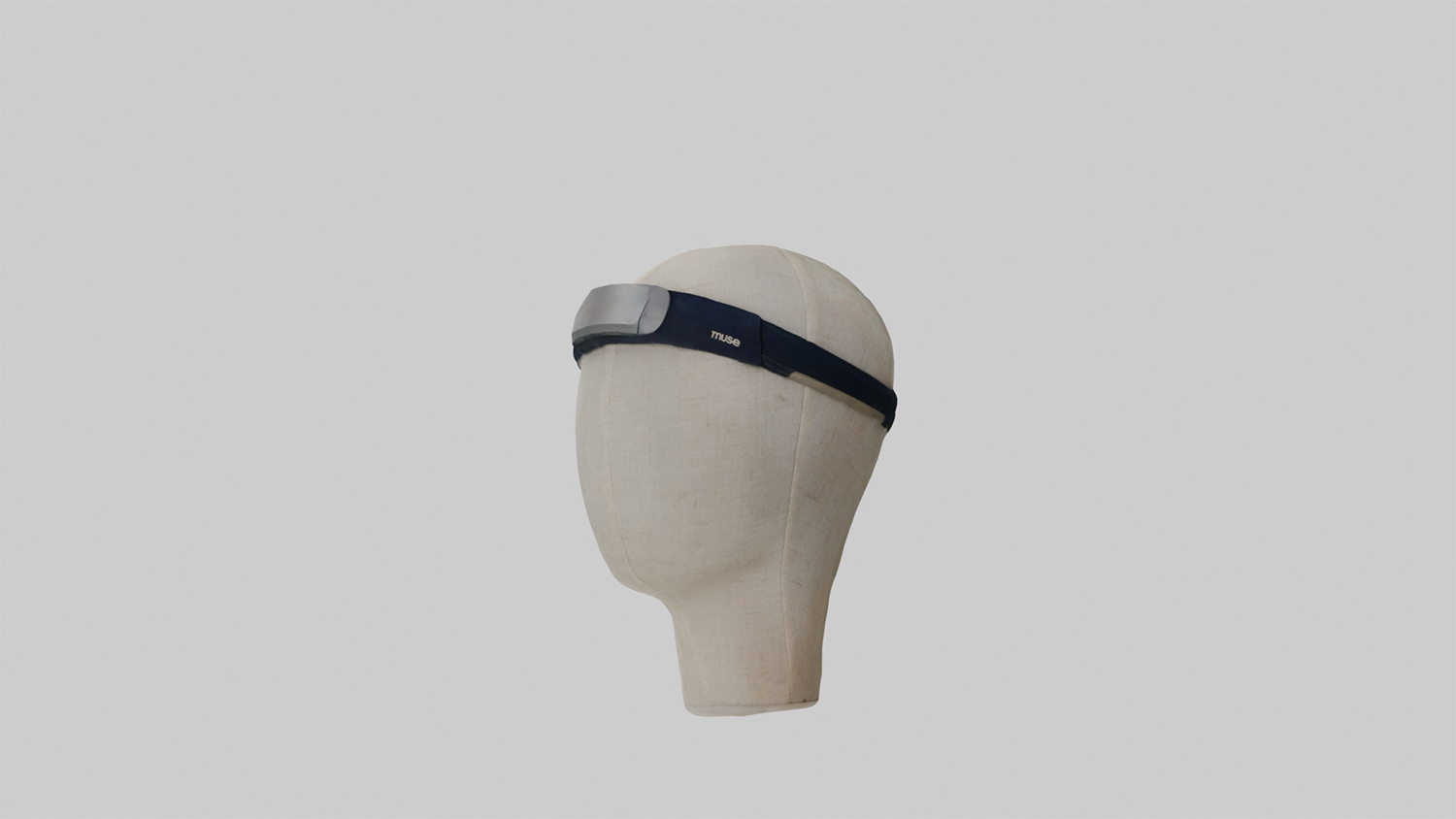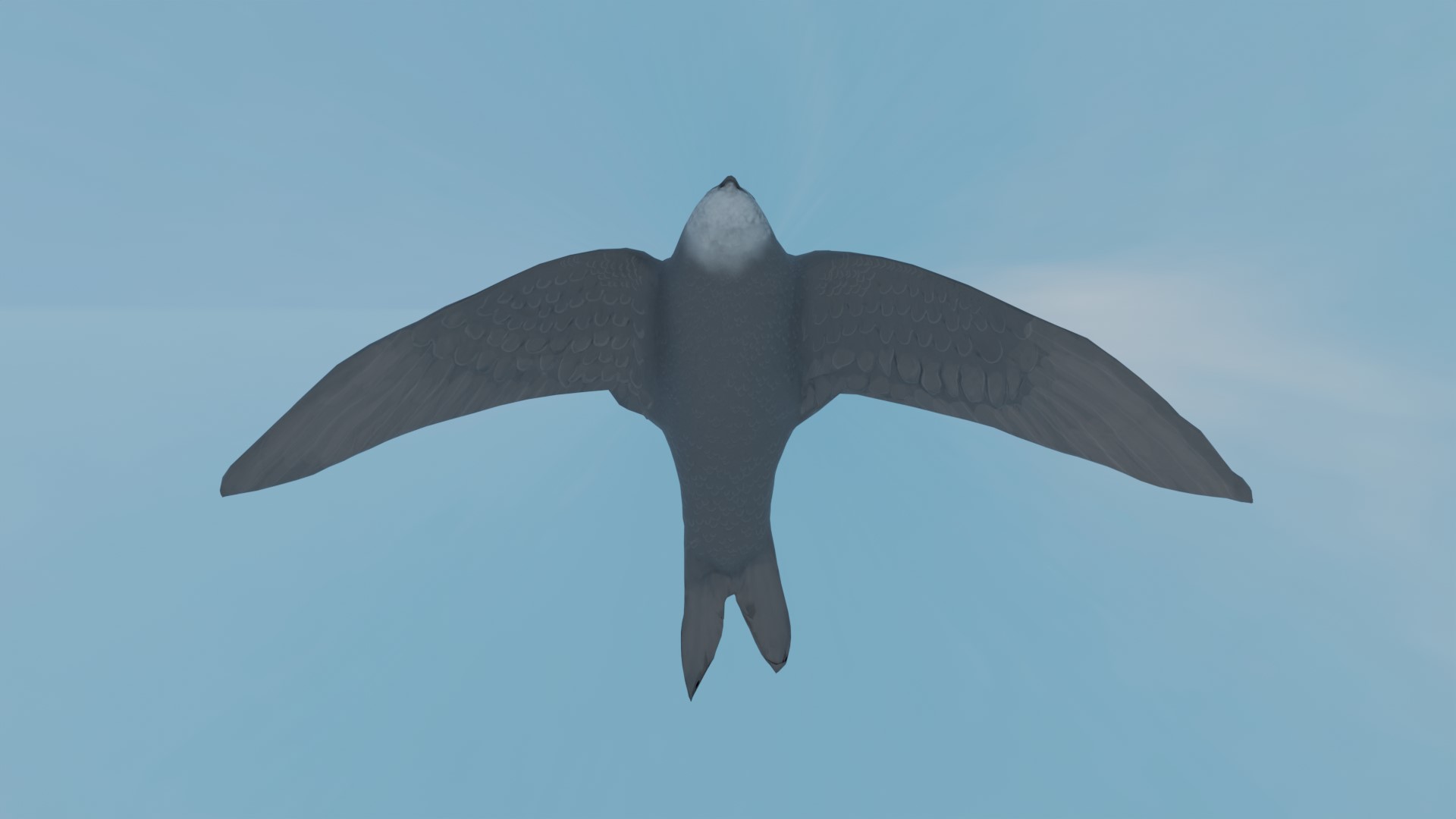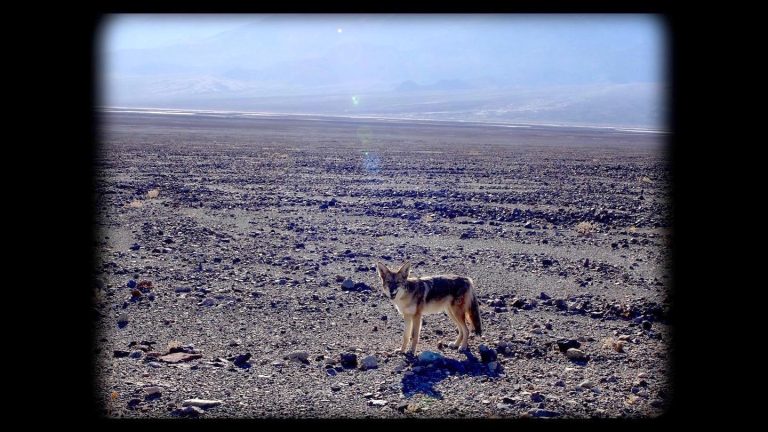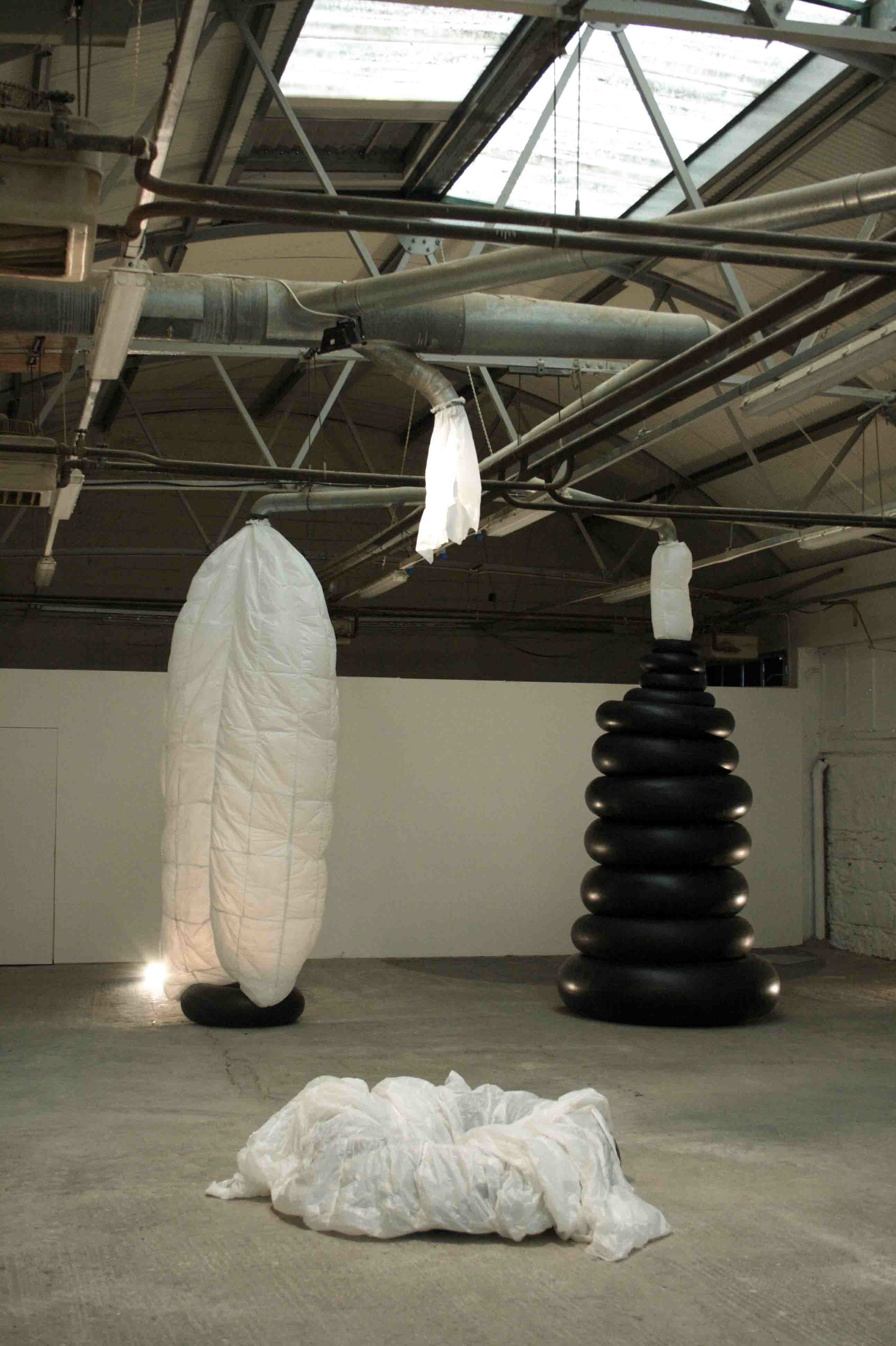The press release for Ann Maria Healy’s exhibition, On the Wing, between Waves and Currents, consists of a poetic text, which we are told has been ‘computer assisted’, describing a body ‘suspended between effort and surrender’, navigating ‘waves of energy … pigment pools … sky spills [and] pulse shows’. This text evokes a sense of sci-fi wonderment, setting the scene for a surreal meeting of colour and matter. Healy is interested in dream-states, recurrence, and the fluid, fluctuating lines between nature and technology. Her work meditates on the relationship between humans and the landscapes we inhabit, whether physical or online, with imagery that bounces between virtual and topographic cartographies, making the viewer question their direction of travel: from natural to digital, or vice versa. For her exhibition at the Cash Shop, a new gallery in Gort, Healy has assembled a range of digital prints, sculptures, and video works that respond to and play with different frames of mind, influenced by rapid advancements in artificial intelligence and neuro-therapy.

Ann Maria Healy, Groundworks, 2025, film still. Courtesy the artist and the Cash Shop, Gort.
Groundworks, a 3D scan and animation playing on an iPad, illustrates key aspects of Healy’s research into neuroscans. On the screen, brain activity is represented by a moving line graph, with five different brain states depicted; ‘heightened perception’, ‘alert and conscious’, ‘physically and mentally relaxed’, ‘creative state’, and ‘deep dreamless state’. At the top of the screen, heightened perception is visible as a set of spiked lines flitting quickly between deep crests and troughs, while at the bottom, the ‘deep dreamless’ sleep state creates a line that could be the silhouette of a mountain range, the slow curve tracing the contour up and down. Following the line graph animations, we see an aerial view of hundreds of brains, their colours vibrating in frequencies between 1hz and 100hz, with patterns in blue, green, red, and yellow creating topographical allusions. This brain imagery then rotates from an aerial view to a 3D side view, becoming another vast pulsating mountain range.
Healy presents several such visual correlations between geographical and neurological space across the exhibition. In Gabhlán Gaoithe-Dara Sraith (translated as ‘Swift, second series’), for instance, a CGI moving-image piece installed on a large screen in the centre of the gallery, the viewer is guided through tremorous landscapes, aboveground and underwater, by a swift. One of the fastest flying birds in Ireland, swifts spend most of their life in flight, eating and sleeping in the air. Every evening they ascend high into the sky, above the clouds, in what is called a vesper. This allows them to reorient themselves, to ascertain the next day’s weather and decide trajectories.

Ann Maria Healy, On the Wing, between Waves and Currents, 2025, film still. Courtesy the artist and the Cash Shop, Gort.
Gabhlán Gaoithe-Dara Sraith follows a single swift’s flight through a living mindscape, complete with sound by artist Karl Burke. Awash with azure and light teal colours, violet and red undertones, we see tendrils growing to connect and creating sparks of lightning. Bouncing cloud bubbles morph into whale shapes with light refracting through water in marble washes, all while the little swift flies on, awake or asleep, swooping through brain states. The soundtrack is soothing and meditative, creating rhythms that pump through the tendrils like blood through veins. There is an electric atmosphere in this video, a looping circuit between the brain that generated it and the brain that views it. The work is complemented by a set of physical swift nest boxes, which have been installed outside the galley by Bird Watch Ireland. These boxes connect the swift on the screen with the fleets of swifts flying over the folds and valleys of the Irish landscape, inviting us to imagine our island as a more wide and ancient kind of mind, one whose moods become weather, and across which copper and fibre-optic cables continue to unfurl new connections.
The moving-image works are also accompanied and expanded, within the gallery, by a series of abstract digital prints. We Dream in Low Res is a series of three prints, two azure blue and one tan, depicting electric waves and lightning strikes, though they could just as easily be aerial maps of seas and deserts. Alongside these works on paper, three sculptural pieces, composed of plaster, pigment, and 3D scanning markers, have been installed. At a glance, they look like tree roots or pieces of seaweed immersed in water – wavy lines made solid. Connection 1 loiters in the corner directly across from the entrance, while Connection 3 is playfully installed high above the two blue prints: both sculptural works are small enough to be held in the hand. Connection 2 is free-standing, chest-height, and more anthropomorphic than the others, occupying the central space at the back of the gallery. All three have a waxy appearance in light blue with hints of light rose. Alien-like in their abstract state, they are supported by either two or three legs, with markers for 3D scanning, as if their forms, inspired by digital neuroscience imagery, are intended to be scanned and fed back into the computer once more.

Ann Maria Healy, On the Wing, between Waves and Currents, 2025, film still. Courtesy the artist and the Cash Shop, Gort.
Instinctively, we tend to draw a dichotomy between nature and technology. Think of the dark, humming data centres eating into the landscape of the west. However, it has long been clear that the distinction is not so easy to make. In her ‘A Cyborg Manifesto’ (1985), for instance, Donna Haraway recognised the human in the technological. More recently, through the lens of the Anthropocene, we have come to view the natural world of our era in light of the effects of calamitous human intervention. The border between nature and technology is not a straight, well-defined line, but a pattern of incursions, leaping and ducking like waves of neural activity or the wild flight of a swift. On the Wing, between Waves and Currents engages this tension in a visually dynamic, playful, yet rigorous and provocative series of works that acknowledges the poetry of technology and the fragility of nature, inviting them to cohabit, nomadically, the terrain of the human imagination.
Ella de Búrca is an artist and lecturer based in Dublin



